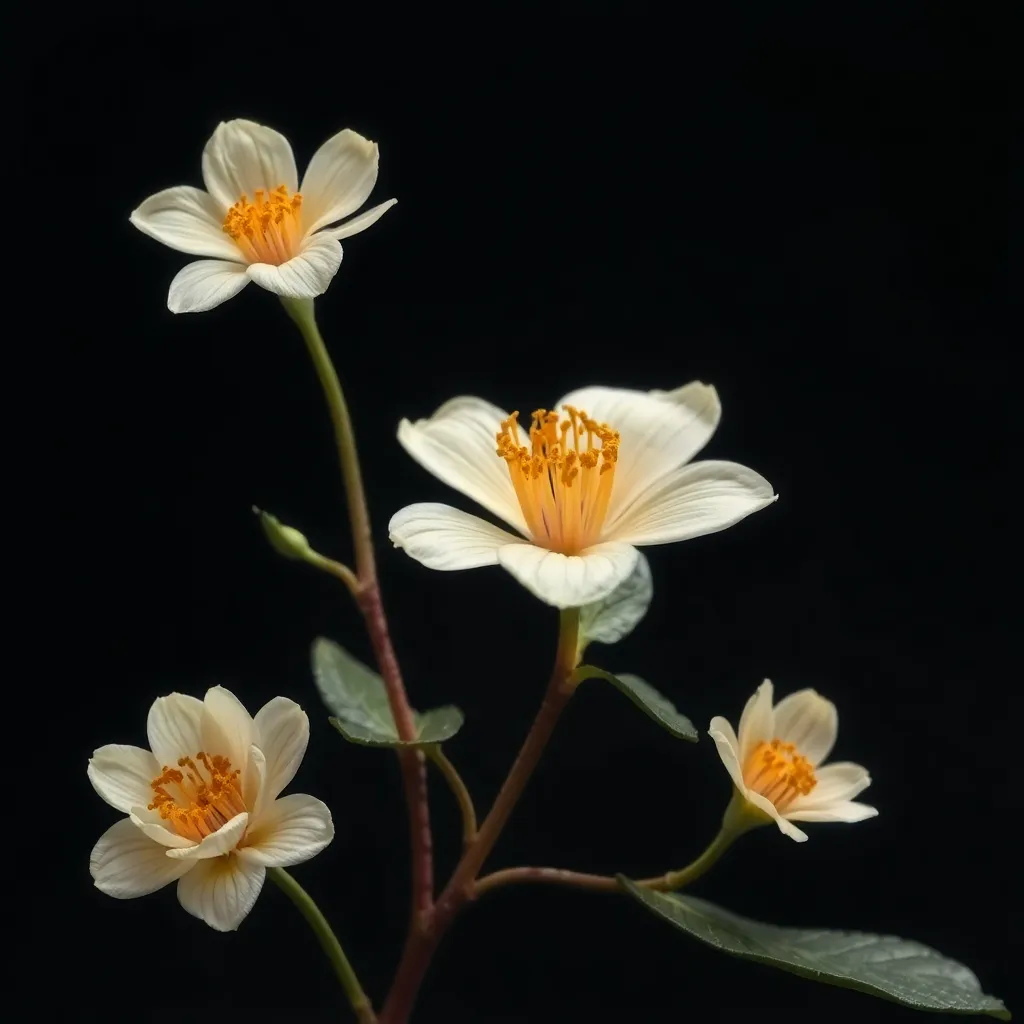The Importance of Sacred Flora in Egyptian Rituals
I. Introduction
Sacred flora in ancient Egypt refers to the plants that held spiritual significance and were integral to religious practices and rituals. These plants were not only utilized for their practical benefits but also symbolized deeper connections to the divine and the natural world.
In Egyptian culture, flora played a crucial role in spirituality, representing life, death, and rebirth. Plants such as the lotus and papyrus were revered and woven into the very fabric of mythology, art, and daily life, highlighting their importance in both religious and secular contexts.
The purpose of this article is to explore the multifaceted role of sacred flora in ancient Egyptian rituals, examining historical contexts, types of sacred plants, their symbolism, and their modern implications.
II. Historical Context of Sacred Flora in Ancient Egypt
Ancient Egyptians believed that nature was infused with the divine, and plants were seen as mediators between the physical and spiritual realms. The lush Nile Delta provided a rich variety of flora, which the Egyptians regarded as gifts from the gods.
Flora plays a significant role in Egyptian mythology and creation stories, where plants are often depicted as symbols of regeneration and divine power. The myth of the lotus, for example, is central to several creation myths, representing the emergence of life from the primordial waters.
Throughout different historical periods, such as the Old Kingdom and the New Kingdom, botanical practices evolved, influenced by religious beliefs, social changes, and interactions with neighboring cultures.
III. Types of Sacred Flora in Egyptian Rituals
Several plants were considered sacred in ancient Egypt, each with its unique symbolism and application in rituals:
- Lotus (Nymphaea): Symbolizing creation and rebirth, the lotus was often associated with the sun god Ra and the concept of the afterlife.
- Papyrus (Cyperus papyrus): Used for writing and construction, papyrus is also a symbol of Lower Egypt and represents the cycle of life.
- Acacia (Acacia nilotica): This tree was connected to the goddess Isis and was believed to have protective qualities, often used in funerary rites.
Each of these plants held specific meanings and was used differently across various rituals and ceremonies, reflecting their significance in the cultural and religious landscape of ancient Egypt.
IV. Sacred Flora in Religious Practices
Sacred plants played a vital role in temple rituals and offerings, where they were used to create garlands, incense, and offerings to the gods. The lotus, for instance, was often placed on altars or used in ceremonial wreaths to honor deities.
In funerary practices, flora was integral for ensuring a safe passage to the afterlife. Flowers and plants were included in burial rites, believed to provide comfort and protection to the deceased.
Moreover, specific plants had direct connections to gods and goddesses. For example, the papyrus was linked to the goddess Hathor, representing joy and motherhood, while the acacia tree was associated with both the goddess Isis and the afterlife.
V. The Symbolism of Sacred Flora in Art and Iconography
Sacred plants are frequently depicted in ancient Egyptian art, reflecting their importance in religious and cultural narratives. The lotus, for example, appears in numerous frescoes, sculptures, and hieroglyphics, symbolizing purity and the sun’s rebirth each day.
In hieroglyphics, various symbols related to sacred flora convey layered meanings, often connecting the physical world with the metaphysical. The representation of plants in tombs and monuments served both decorative and spiritual purposes, emphasizing the belief in regeneration and continuity beyond death.
VI. The Therapeutic and Practical Uses of Sacred Flora
Beyond their spiritual significance, many sacred plants also possessed medicinal properties. Ancient Egyptians utilized these plants to create remedies for various ailments, combining their knowledge of botany with spiritual practices.
Daily life in ancient Egypt also incorporated sacred flora, as they were used in agricultural practices and domestic settings. For instance, papyrus was essential for making paper, while various herbs were used for cooking and medicinal purposes.
This intersection of the sacred and the pragmatic highlights how ancient Egyptians viewed the natural world as a source of both spiritual nourishment and practical sustenance.
VII. Modern Perspectives on Sacred Flora in Egyptology
Contemporary research in Egyptology continues to explore the significance of sacred plants, revealing insights into ancient beliefs and practices. Modern scholars analyze ancient texts and artifacts to understand the roles these plants played in societal structures and religious frameworks.
The impact of sacred flora on modern Egyptian culture and identity remains significant. Many traditional practices, including the use of specific plants in rituals, are still observed today, connecting contemporary Egyptians to their ancient heritage.
Preserving traditional knowledge and practices related to sacred flora is crucial for maintaining cultural identity and promoting sustainable practices that respect ancient wisdom.
VIII. Conclusion
Sacred flora in ancient Egypt was not merely a backdrop to rituals but a central element that intertwined spirituality, culture, and daily life. The significance of these plants is evident in religious practices, art, and even medicine, emphasizing their multifaceted roles.
The enduring legacy of these practices invites reflection on the value of cultural heritage and the importance of protecting such traditions. By appreciating the sacred flora of ancient Egypt, we can foster a deeper understanding of humanity’s connection to nature and the divine.
As we continue to study and honor these ancient beliefs, it becomes imperative to safeguard the cultural narratives associated with sacred flora, ensuring they remain a vital part of Egypt’s rich history.




